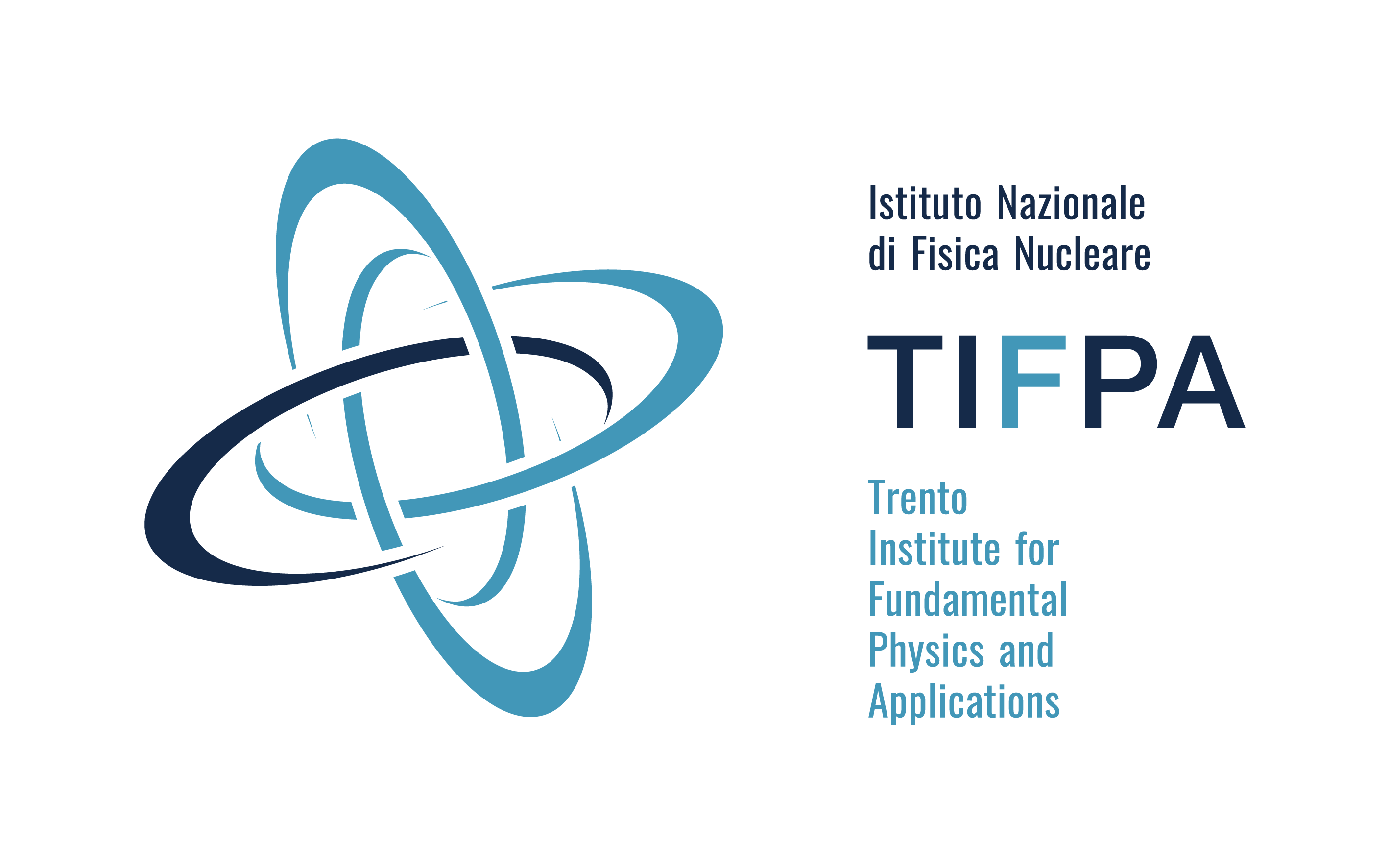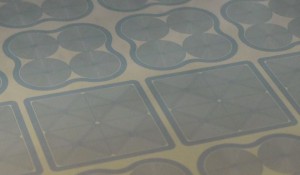ARDESIA - ARray of DEtectors for Synchrotron radIation Applications
The goal of ARDESIA is the development of a new detection system based on low-leakage monolithic arrays of Silicon Drift Detectors, readout by a low-noise CMOS preamplifier. The system will allow achieving high-energy resolution and high count-rates for fluorescence X-ray spectroscopy applications.





